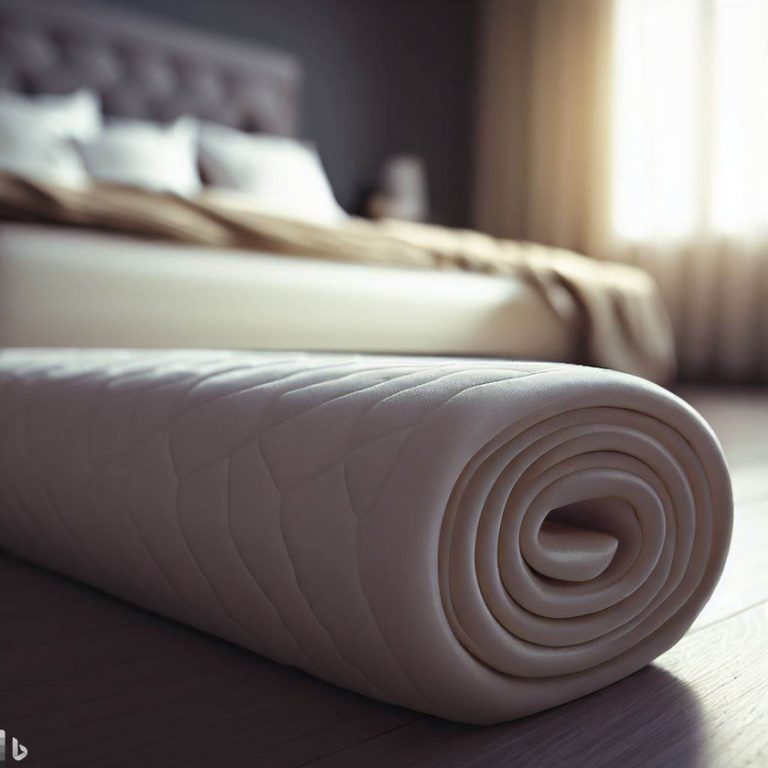How to Get Rid of Stains from Mattress [Easily]
We’ve all been there – you wake up, stretch, and then suddenly notice a mysterious stain on your mattress. Whether it’s a spill, sweat, or something more unmentionable, mattress stains can be frustrating and concerning. But fear not, my friends! As an expert SEO content writer, I’m here to share my top tips and tricks for getting rid of those pesky mattress stains, once and for all.
Identifying the Culprit: What’s Causing Those Stains?
The first step in tackling a mattress stain is to figure out what’s causing it. Common mattress stains can be the result of a variety of culprits, including:
- Spills (e.g., coffee, juice, wine)
- Body fluids (e.g., sweat, drool, urine)
- Makeup or lotion residue
- Pet accidents
- Mold or mildew growth
Once you’ve identified the source of the stain, you can tailor your cleaning approach accordingly. This will help ensure that you’re using the right methods and products to effectively remove the stain and prevent it from setting in or reappearing.
Mattress Stain Removal: Your Step-by-Step Guide
Step 1: Act Quickly
The sooner you can address a mattress stain, the better. The longer a stain sits, the more time it has to set in and become harder to remove. As soon as you notice a stain, spring into action and start the cleaning process.
Step 2: Blot, Don’t Rub
When it comes to dealing with a mattress stain, resist the urge to scrub or rub it. This can actually push the stain deeper into the mattress fabric, making it more difficult to remove. Instead, gently blot the stain with a clean, dry cloth or paper towels to absorb as much of the spill as possible.
Step 3: Choose the Right Cleaning Solution
Depending on the type of stain, you’ll want to use a specific cleaning solution to tackle it effectively. For example, for a protein-based stain like sweat or urine, an enzyme-based cleaner can be highly effective. For oil-based stains like makeup or lotion, a mild dish soap or laundry detergent may do the trick. If you’re dealing with a stubborn stain, you can even try a specialized mattress cleaner or a DIY solution like baking soda and vinegar.
Step 4: Gently Scrub and Blot
Once you’ve applied your chosen cleaning solution, use a soft-bristled brush or a clean, damp cloth to gently scrub the stain. Be sure to blot the area with a clean, dry cloth or paper towels after scrubbing to absorb any excess moisture and prevent the stain from spreading.
Step 5: Dry, Dry, Dry
After treating the stain, it’s essential to ensure that your mattress is thoroughly dry. You can use a hair dryer on a low setting, or simply allow the mattress to air dry completely. Avoid putting any weight on the mattress until it’s fully dry to prevent the stain from setting in or the mattress from becoming damp.
Preventing Future Mattress Stains
Of course, the best way to deal with mattress stains is to prevent them from happening in the first place. Here are a few tips to help keep your mattress looking fresh and clean:
- Use a mattress protector or cover to create a barrier against spills and stains.
- Change your bedding regularly to prevent the buildup of sweat, oils, and other residues.
- Vacuum your mattress periodically to remove dust, dirt, and other debris that can contribute to stains.
- Rotate and flip your mattress every few months to evenly distribute wear and tear.
- Consider getting a new mattress every 7-10 years to ensure a clean, fresh sleeping surface.
Conclusion
Dealing with mattress stains can be a real pain, but with the right approach and a little elbow grease, you can get your mattress looking as good as new. Remember to act quickly, use the appropriate cleaning solutions, and take steps to prevent future stains. By following these tips, you can keep your mattress fresh, clean, and free of unsightly blemishes for years to come.
Frequently Asked Questions
1. What’s the best way to remove urine stains from a mattress?
For urine stains, the best approach is to use an enzyme-based cleaner. These types of cleaners are specifically formulated to break down and remove the proteins in urine, effectively lifting the stain. Be sure to blot the area thoroughly and allow the mattress to dry completely before use.
2. How can I remove a red wine stain from my mattress?
To tackle a red wine stain, start by blotting the area with a clean, dry cloth to absorb as much of the spill as possible. Then, mix a solution of warm water and dish soap, and use a soft-bristled brush to gently scrub the stain. You can also try using a vinegar or baking soda solution to help lift the stain. Remember to blot and dry the area thoroughly when you’re done.
3. What should I do if I find mold or mildew on my mattress?
Mold and mildew can be a real concern, as they can cause health issues and damage your mattress. If you spot any signs of mold or mildew, it’s best to take action right away. Start by cleaning the affected area with a mixture of water and white vinegar. If the problem persists, you may need to consider replacing the mattress, as mold can be difficult to fully remove from porous materials like mattress foam.
4. How often should I clean my mattress?
As a general rule of thumb, you should aim to clean your mattress every 6 months to a year. This will help keep it fresh, clean, and free of any buildup of dirt, dust, or stains. However, if you notice any spills or stains in between cleanings, be sure to address them right away to prevent them from setting in.
5. Can I use bleach to remove mattress stains?
It’s generally not recommended to use bleach on your mattress, as it can be too harsh and can damage the fabric. Bleach can also leave behind a strong, unpleasant odor. Instead, opt for more gentle, mattress-safe cleaning solutions like those mentioned in this article, or consult with a professional if you’re dealing with a particularly stubborn stain.



![What Is The Best Mattress for Sciatica [In 2025]](https://homeunderstandable.com/wp-content/uploads/2025/08/Best-Mattress-for-Sciatica-1.jpg)
![What Is The Best Crib Mattress for Safe Sleep [In 2025]](https://homeunderstandable.com/wp-content/uploads/2025/06/best-crib-mattress-for-safe-sleep-ensure-your-babys-peaceful-nights.jpg)


![What Is The Best Queen Air Mattress for Everyday Use [In 2025]](https://homeunderstandable.com/wp-content/uploads/2025/08/Best-Queen-Air-Mattress-for-Everyday-Use.jpg)